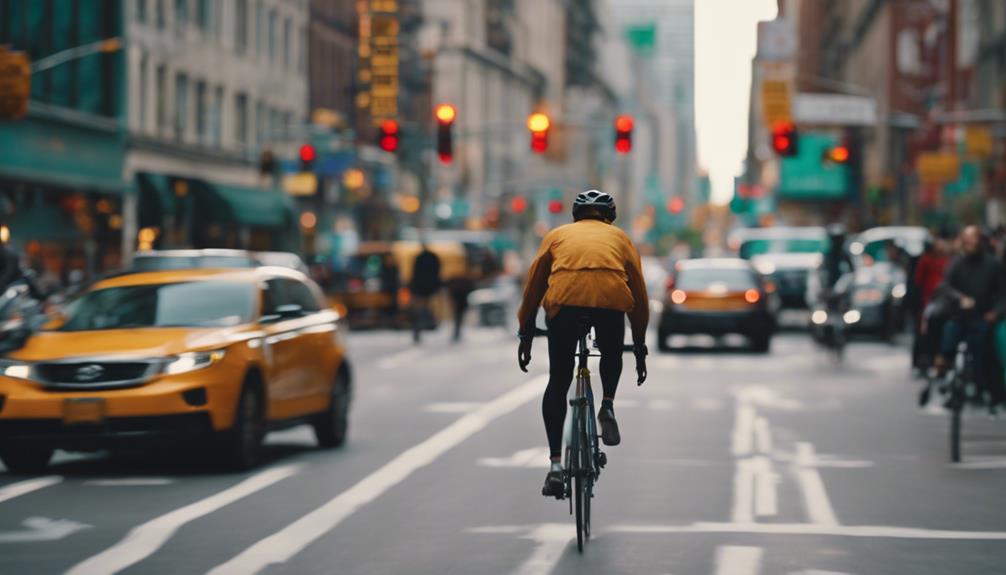For generations, the Radio Flyer brand has been synonymous with childhood joy and adventure. While most people may associate Radio Flyer with its iconic red wagons, the company has also made significant contributions to the world of bicycles, particularly with its line of Radio Flyer bikes. In this article, we will explore the history, design, and cultural significance of Radio Flyer bikes, along with a look at their features, safety aspects, and what makes them a beloved choice for parents and children alike.
A Brief History of Radio Flyer
Founded in 1917 by Antonio Pasin, Radio Flyer began as a small wagon manufacturing company. Pasin, an Italian immigrant, aimed to create a product that would bring joy to children, and thus the “Little Red Wagon” was born. Over the years, the company expanded its product line to include bicycles, tricycles, and other ride-on toys.
- 1917: Antonio Pasin starts the company, originally named “Liberty Coaster Company.”
- 1923: The name “Radio Flyer” is adopted, inspired by the popularity of radio and aviation during that era.
- 1930s: Radio Flyer introduces its first bicycles, which quickly gain popularity among American families.
Today, Radio Flyer continues to be a family-owned business, with its products being enjoyed by children around the world. The company has remained committed to quality and innovation, ensuring that each new generation of kids can experience the thrill of riding a Radio Flyer bike.
Design and Features of Radio Flyer Bikes
Radio Flyer bikes are designed with both fun and safety in mind. They come in various models, catering to different age groups and riding preferences. Here are some key features that define Radio Flyer bikes:
- Durable Construction: Made from high-quality materials, Radio Flyer bikes are built to withstand the rigors of daily use.
- Adjustable Components: Many models offer adjustable seats and handlebars, allowing the bike to grow with the child.
- Safety Features: Equipped with features such as training wheels, reflectors, and non-slip pedals, Radio Flyer bikes prioritize child safety.
- Attractive Designs: Available in various colors and styles, Radio Flyer bikes appeal to children’s imaginations.
One popular model is the Radio Flyer 4-in-1 Stroll ‘N Trike, which can be converted from a stroller to a steering trike, training trike, and finally a classic trike. This versatility makes it a favorite among parents looking for long-lasting value.
Safety Considerations for Parents
As a parent, ensuring your child’s safety while riding is paramount. Radio Flyer bikes incorporate several safety features, but it’s essential to reinforce safety practices. Here are some key considerations:
- Helmet Use: Always ensure your child wears a properly fitted helmet while riding.
- Supervision: Younger children should be supervised, especially when learning to ride.
- Safe Riding Environment: Encourage riding in safe areas, such as parks or designated bike paths, away from traffic.
- Regular Maintenance: Periodically check for any loose parts or worn-out tires to ensure the bike is in good condition.
By taking these precautions, parents can help create a safe and enjoyable riding experience for their children.
Cultural Impact and Legacy
The impact of Radio Flyer bikes extends beyond just being a mode of transportation for children. They have become a cultural icon symbolizing childhood freedom and adventure. Here are some ways in which Radio Flyer bikes have left a mark on society:
- Memorable Advertising: Radio Flyer has utilized memorable advertising campaigns that resonate with families, emphasizing the joy of outdoor play.
- Family Traditions: Many families have cherished memories associated with Radio Flyer bikes, passing them down through generations.
- Community Engagement: Radio Flyer has participated in community events and initiatives, promoting active lifestyles for children.
In recent years, the brand has also embraced social media, creating campaigns that encourage parents to share their children’s adventures on Radio Flyer bikes, further solidifying their cultural presence.
Case Studies: Radio Flyer in Action
To understand the impact of Radio Flyer bikes better, let’s take a look at a couple of case studies highlighting their positive influence on child development and family bonding.
Case Study 1: Promoting Physical Activity
A study conducted by the American Academy of Pediatrics found that regular physical activity is crucial for children’s health and development. Families that incorporate biking into their routine often see improved fitness levels among their children. Radio Flyer bikes, with their focus on safety and fun, encourage children to engage in physical activities outdoors.
Case Study 2: Building Family Bonds
Families who participate in biking together report stronger family bonds and increased communication. A family in Chicago shared their experience of taking weekend bike rides using their Radio Flyer bikes, emphasizing how it became a cherished family tradition. They noted that these outings not only provided exercise but also created lasting memories and opportunities for quality time together.
Conclusion: The Lasting Legacy of Radio Flyer Bikes
In conclusion, Radio Flyer bikes have transcended mere childhood toys to become symbols of adventure, safety, and family bonding. With over a century of history, the brand has successfully combined quality design with innovative features, ensuring that their products remain relevant and beloved by new generations.
Whether it’s the joy of riding a bike for the first time, the thrill of family outings, or the nostalgia of passing down a cherished toy, Radio Flyer bikes continue to play an essential role in childhood experiences. As parents, choosing a Radio Flyer bike means investing in not just a mode of transportation but a tool for building memories, encouraging physical activity, and fostering family connections.
As we look to the future, it is clear that Radio Flyer will remain a trusted name in children’s products, continuing to inspire play and adventure for years to come.
